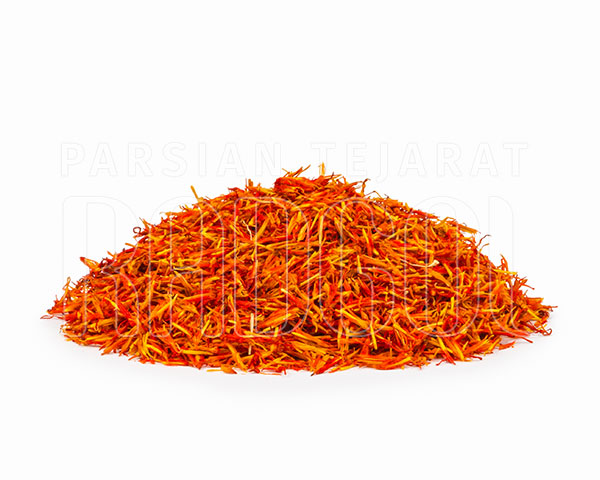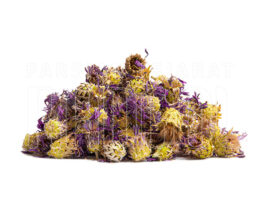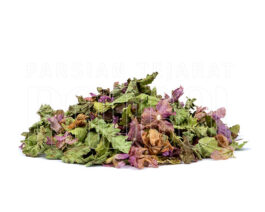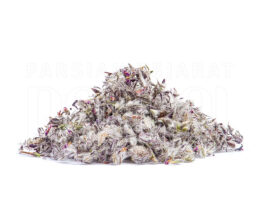Applications of Safflower
Production of Safflower Oil, widely used in food and pharmaceutical industries.
Used in natural coloring agents for food and cosmetics.
A key ingredient in dietary supplements for improving heart health and reducing inflammation.
Manufacturing of cosmetics and skincare products, such as creams and lotions.
Harvest Season for Safflower
Safflower is typically harvested from late summer to early autumn. To ensure the freshest and highest quality product, it is recommended to place orders before the harvest season.
Cultivation Regions of Safflower in Iran
Iran is one of the world’s largest producers of safflower. The plant thrives in dry and semi-dry regions, particularly in the following provinces:
– Kerman
– South Khorasan
– Sistan and Baluchestan
– Yazd
– Fars
Packaging and Transportation of Safflower
– Packaging Options: Available in 1 kg, 5 kg, and 10 kg packs.
– Customization: Custom packaging options are available according to customer requirements.
– Transportation: To preserve the quality of safflower and its oil, the use of suitable containers and temperature-controlled conditions is recommended.
Container Capacity:
– 20-foot container: Up to 8 tons
Storage Conditions and Shelf Life
– Shelf Life: 12 to 18 months from the production date
– Storage Conditions: Safflower should be stored in a cool, dry place, away from direct sunlight. Moisture-resistant packaging is recommended to maintain quality.
Order and Production Information
– Minimum Order Quantity: 500 kilograms to 2 tons
– Production Time: 7 to 15 working days, depending on order size
For more information on pricing, product specifications, or to place an order, please contact us. We are committed to providing the highest quality safflower to both domestic and international customers.





Reviews
There are no reviews yet.